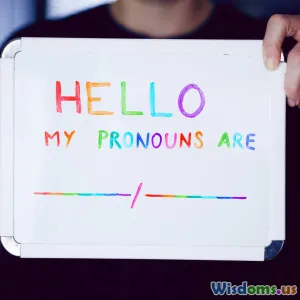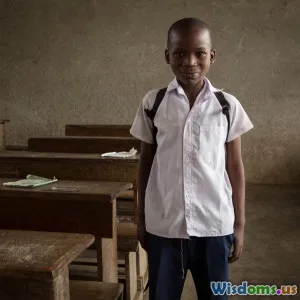
Two Classrooms One City Cultural Inclusion Compared
14 min read Comparative analysis of cultural inclusion practices in two city classrooms, highlighting teaching methods, student diversity, and community impact. (0 Reviews)
Two Classrooms, One City: Comparing Cultural Inclusion in Urban Education
Imagine walking through two bustling school hallways just blocks apart within the same dynamic city, yet finding strikingly different atmospheres when it comes to cultural inclusion. In modern urban landscapes, diversity is the norm—students carry histories from across the globe or from different corners of the country. But how do classrooms transform this urban tapestry into truly inclusive environments? By comparing two real-world approaches within one city's educational system, we uncover what makes inclusive classrooms succeed—or stumble.
Defining Cultural Inclusion in Urban Schools
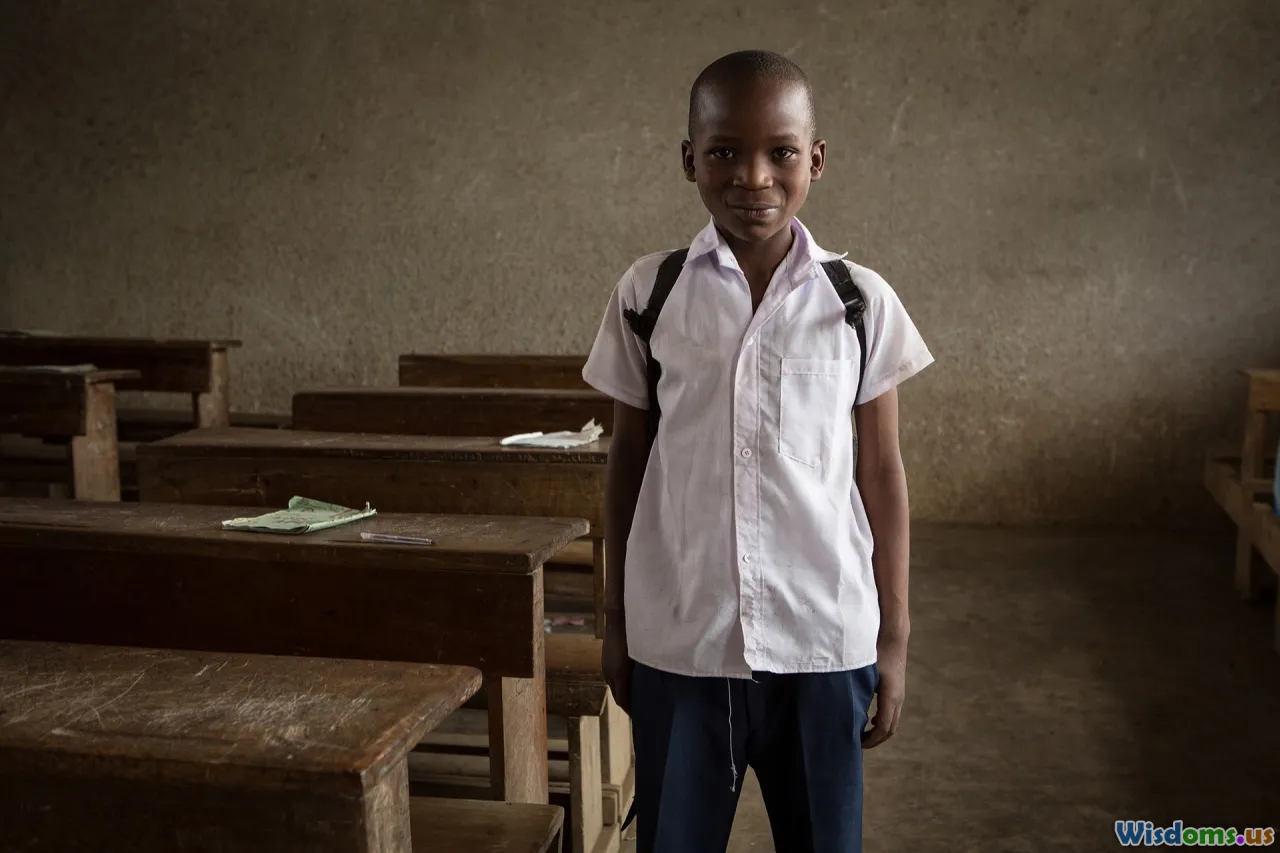
Cultural inclusion isn't just about celebrating tacos on Cinco de Mayo or hanging flags from various countries in the corridor. True cultural inclusion means every student feels represented and respected in both curriculum and class interactions—regardless of ethnicity, language, traditions, or beliefs.
For example, Toronto's public schools define inclusion as a learning environment that "affirms the identities and experiences of all students," a policy mirrored in many North American cities.
But how does this look on the ground? While one classroom might engage actively with students' backgrounds via bilingual support and diverse literature, another could unintentionally sideline minority voices, turning cultural acknowledgment into a once-a-year event.
Classroom A: Immersion through Everyday Practices
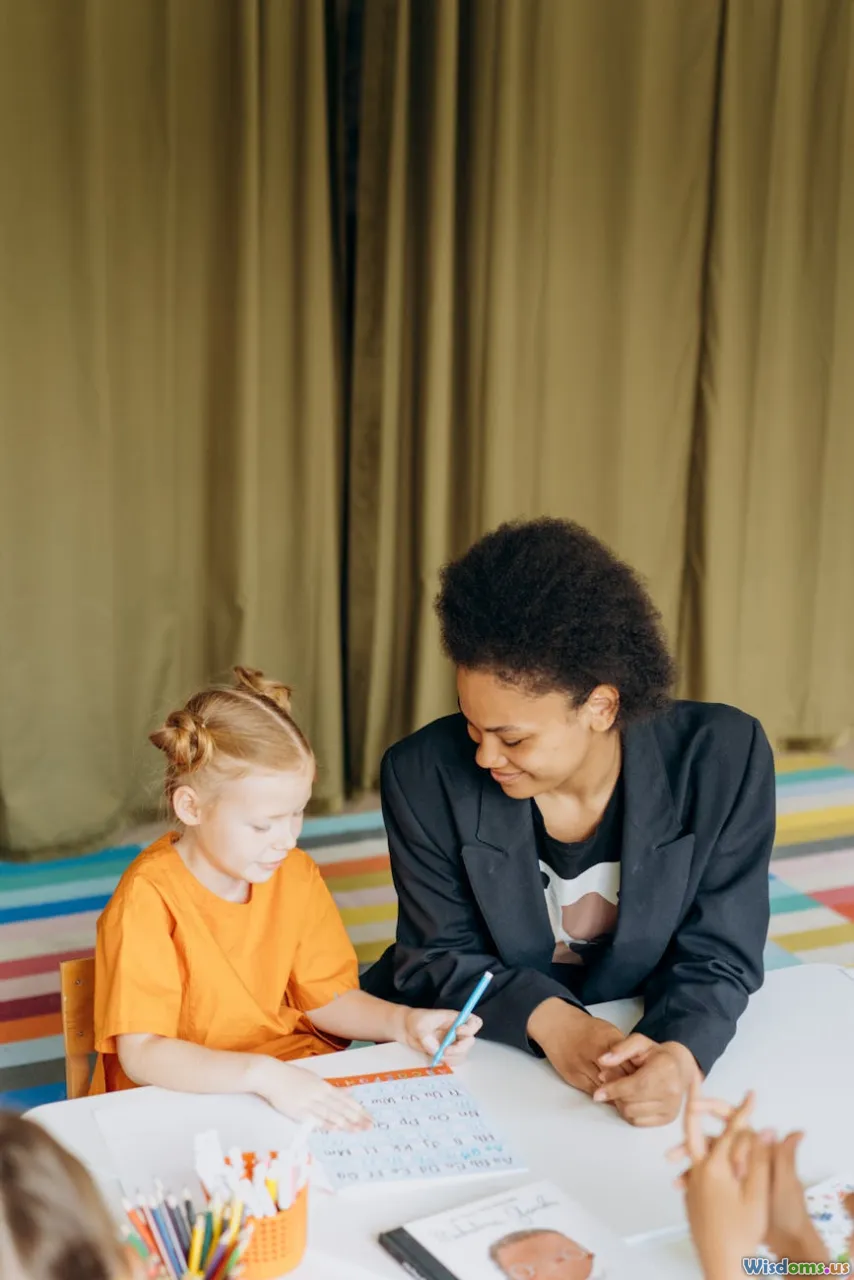
At Midtown Elementary, a fifth-grade classroom led by Ms. Rivera exemplifies inclusion. Here, cultural consciousness is woven seamlessly into daily activities:
- Morning Meetings: Each week, students share customs or family stories. Last month, a child described Diwali preparations, sparking a class art project making paper diyas.
- Inclusive Curriculum: Literature circles feature novels from Latin American, Middle Eastern, and East Asian authors. Students compare narratives, deepening empathy and understanding.
- Parent Partnerships: Ms. Rivera invites parents as guest speakers, strengthening the home-school-cultural connection. For instance, Inuit family members shared stories and language skills for an "Arctic Cultures" unit.
Research supports these practices. Studies by the National Education Association show that consistent incorporation of culture in curricula enhances engagement and achievement, particularly for immigrant and minority students.
The Role of Critical Pedagogy
Ms. Rivera's classroom isn't simply a "melting pot" where everyone blends in. Instead, she applies Paulo Freire’s concept of critical pedagogy—encouraging students to critique stereotypes in media and to reflect on their own assumptions. When analyzing picture books, for instance, pupils examine character portrayals and ask: Who is the hero, and why? Are different family structures represented?
The result? Both qualitative teacher observations and parents’ feedback note that students show stronger social cohesion and increased willingness to defend peers from bullying or exclusion.
Classroom B: Surface Celebrations and Unintended Gaps

A just a short stroll away, at Lakeside Public School, diversity is also present—but inclusion takes a different form. Here, cultural celebrations are visible during special assemblies: Lunar New Year decorations enliven the gym each February, and Black History Month posters adorn the walls in February. Yet, what happens the rest of the school year?
- Textbook Reliance: Core material predominantly reflects the experiences of the city’s majority cultural group. Only the dedicated "Multicultural Day" makes space for other narratives.
- Language Gaps: ELL (English Language Learner) students received pull-out sessions, but their home languages are absent in regular classroom interactions.
- Hidden Curriculum: Unspoken norms—like what lunches are "acceptable" or how class participation is communicated—subtly favor dominant cultural behaviors.
While teachers here show genuine enthusiasm and care, policies don’t consistently support teachers in bridging these gaps. One year, a Somali student’s Ramadan fast stunned classmates unaccustomed to the practice, but no guidance followed on understanding or accommodating these needs.
Risks of Cosmetic Inclusion
This well-meaning yet surface approach—sometimes called “festival multiculturalism”—does little to change biases or forge empathy. Sociologist James Banks points out that isolated cultural events risk tokenizing differences instead of making all students feel integral to classroom life.
Barriers to Deep Inclusion: Policy, Training, and Resources
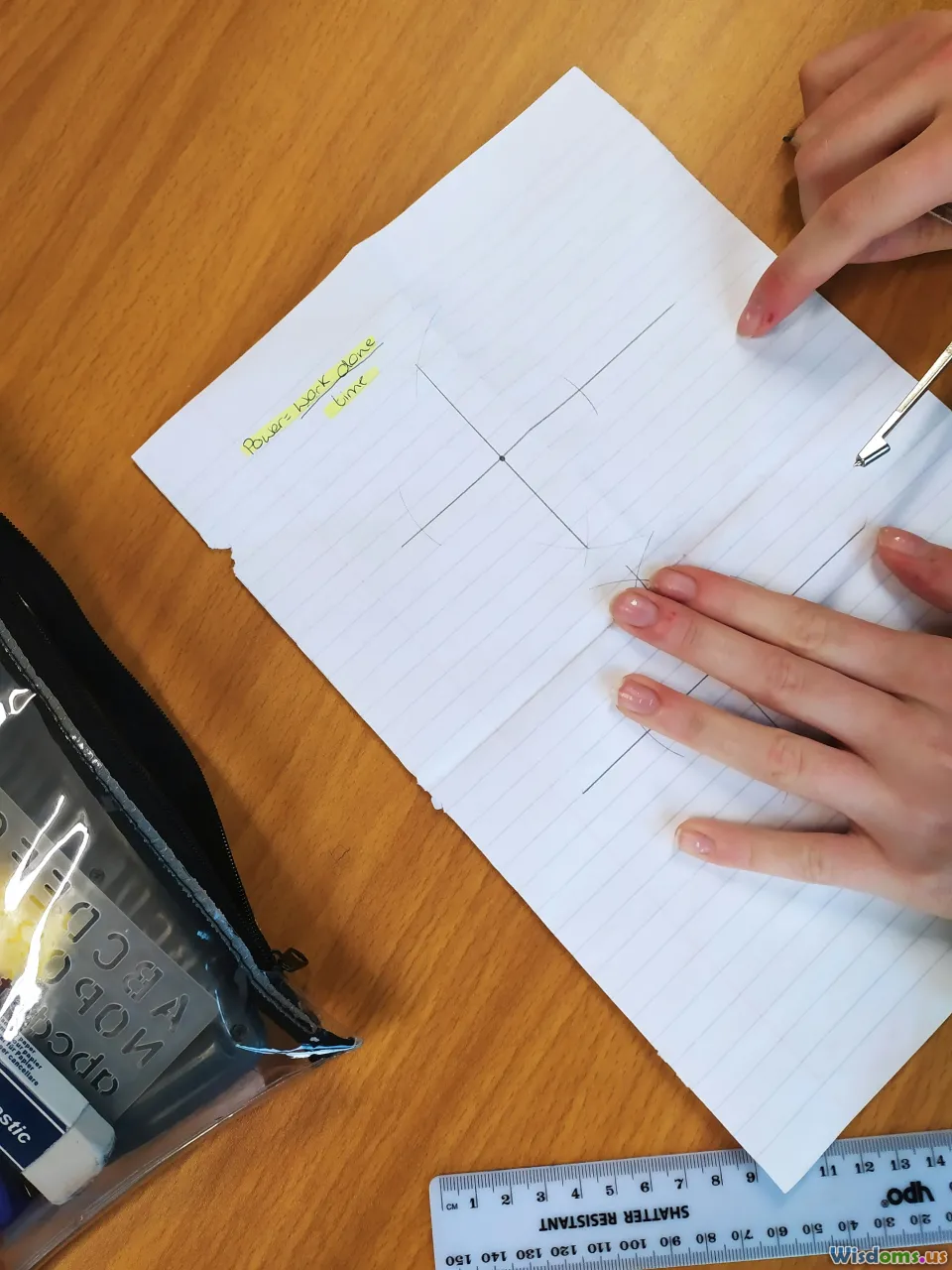
Why do some classrooms succeed at true inclusion while others only scratch the surface? A comparison of policy and practice reveals several critical barriers:
1. Uneven Professional Development
Cities often mandate "equity training," but its depth and practical application vary. Ms. Rivera at Midtown received ongoing, scenario-based training; her Lakeside colleagues attended a one-day seminar, then returned to business as usual. Continuous coaching has been shown, per UNESCO's 2019 report, to foster sustained changes in teacher perspective and classroom culture.
2. Lack of Representative Curriculum
Curricula are often standardized at a district or province level. When content doesn’t reflect diverse histories or contributions—beyond a few supplemental units—students from minority backgrounds feel unseen. States like California have begun revising history and literature standards to include Asian American, Black, Indigenous, and LGBTQ+ contributions every year—not just during dedicated months.
3. Resource Constraints
True inclusion requires resources: bilingual aides, multicultural books, time for planning differentiated lessons. Tight budgets mean that well-intentioned teachers at Lakeside, for example, often improvise or skip integration altogether.
Some cities, like Vancouver, have started allocating “inclusion grants” that allow schools to build libraries of multilingual materials or invest in relationship-building events, seeing tangible improvements in engagement metrics.
Voices from the Classroom: Student and Parent Perspectives
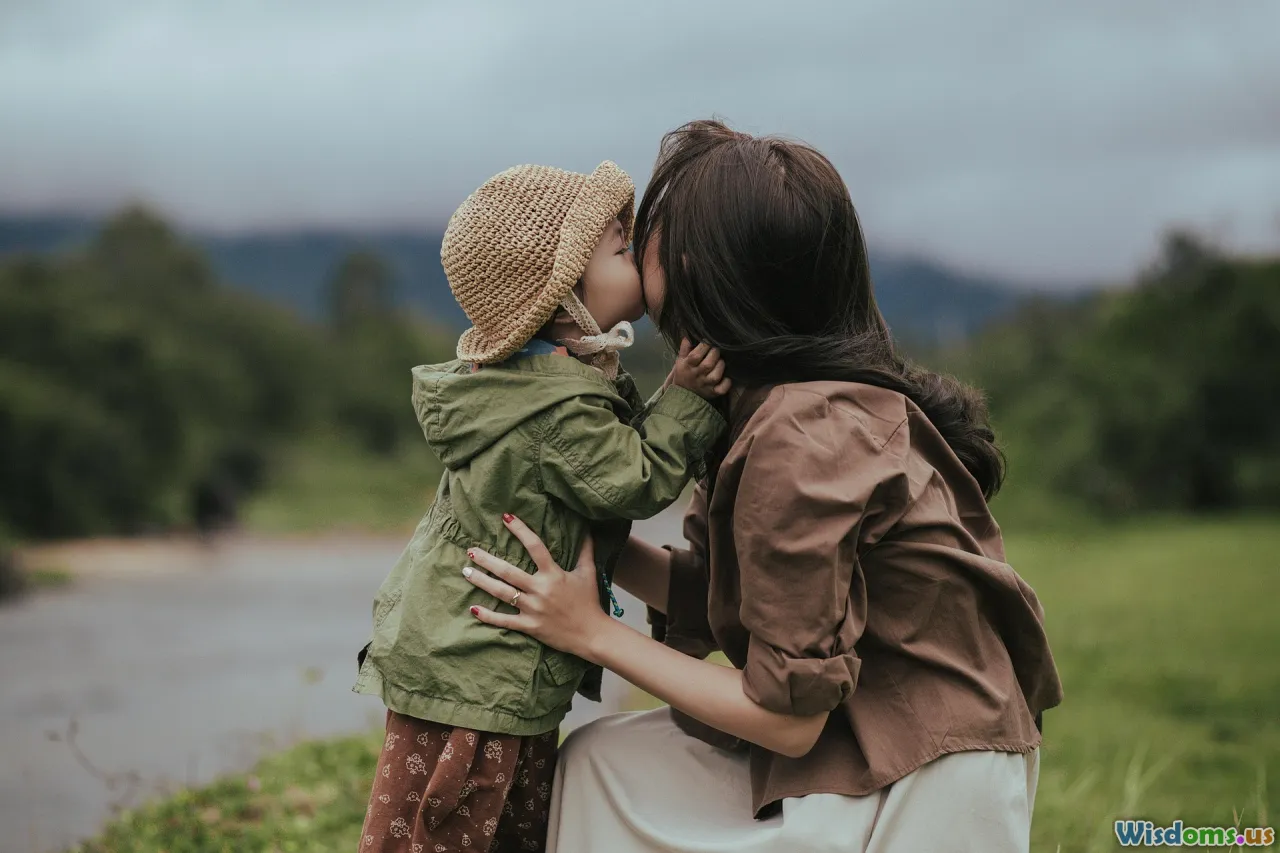
How do students and their families experience these different approaches?
At Midtown:
- Students report feeling seen and valued. One child, Leila, Hungarian-Canadian, said, "I never have to hide things about my family—everyone has something cool about their background."
- Parents participate in school events and curriculum discussions. When a Ukrainian holiday aligned with a class unit, parents collaborated with the teacher to plan hands-on activities, helping all children appreciate the tradition.
At Lakeside:
- Students of minority backgrounds sometimes avoid bringing cultural lunches or sharing out-of-school experiences for fear of standing out. A parent, Mrs. Youn, notes, "My son loves his heritage, but he tries to fit in by copying what classmates do. It's like school isn’t made for kids like him."
These experiences are echoed in academic studies: research from Rutgers University (2021) found inclusively designed classrooms had higher participation and text comprehension scores among multilingual students than those using one-size-fits-all models.
Comparing Outcomes: Academic and Social Impacts

Do these classroom differences translate into meaningful results? Longitudinal studies and school report cards suggest they do.
Academic Growth
- Midtown shows improvements in reading comprehension and writing among ELL students and active minority participation in discussions.
- Lakeside maintains average performance overall, but data indicates achievement gaps between majority and minority students persist.
Social Cohesion
- Inclusive classrooms report fewer conflicts rooted in cultural misunderstanding. When disputes do arise, students draw from class-taught strategies (like restorative dialogue) to resolve them.
- Surface-approach classrooms witness cliques and sometimes ridicule over language or cultural displays, signaling exclusion.
Student Confidence
Inclusive practices correlate with higher self-esteem, better attendance rates, and a willingness to try new challenges—qualities essential for lifelong learning and wellbeing.
Building True Cultural Inclusion: Practical Strategies for Urban Educators

While systemic change takes time, small intentional daily actions can transform classroom dynamics regardless of broader policy. Teachers aiming for deep inclusion can:
- Diversify Your Reading Lists – Feature stories by authors from the cultures present in your room, not just during cultural celebration months.
- Integrate Language Assets – Invite students to teach words from their home language, label classroom items, or translate simple communications.
- Invite Community Voices – Welcome family members or local leaders to share traditions, history, or art—authentic expertise trumps textbook summaries.
- Reflect on Curriculum Representation – Audit your lessons: Whose voices are heard? Whose experiences are missing?
- Establish Empathy Protocols – Adopt activities like "circle time" for sharing, or reflection journals for cultural identity exploration.
- Foster a Growth Mindset About Culture: Frame cultural learning as lifelong and evolving—for both teachers and students.
Urban districts that support these efforts systematically—providing planning time, access to professional networks, and inclusive materials—see positive momentum across entire school communities.
Lessons Learned: One City, Two Approaches, Endless Impact
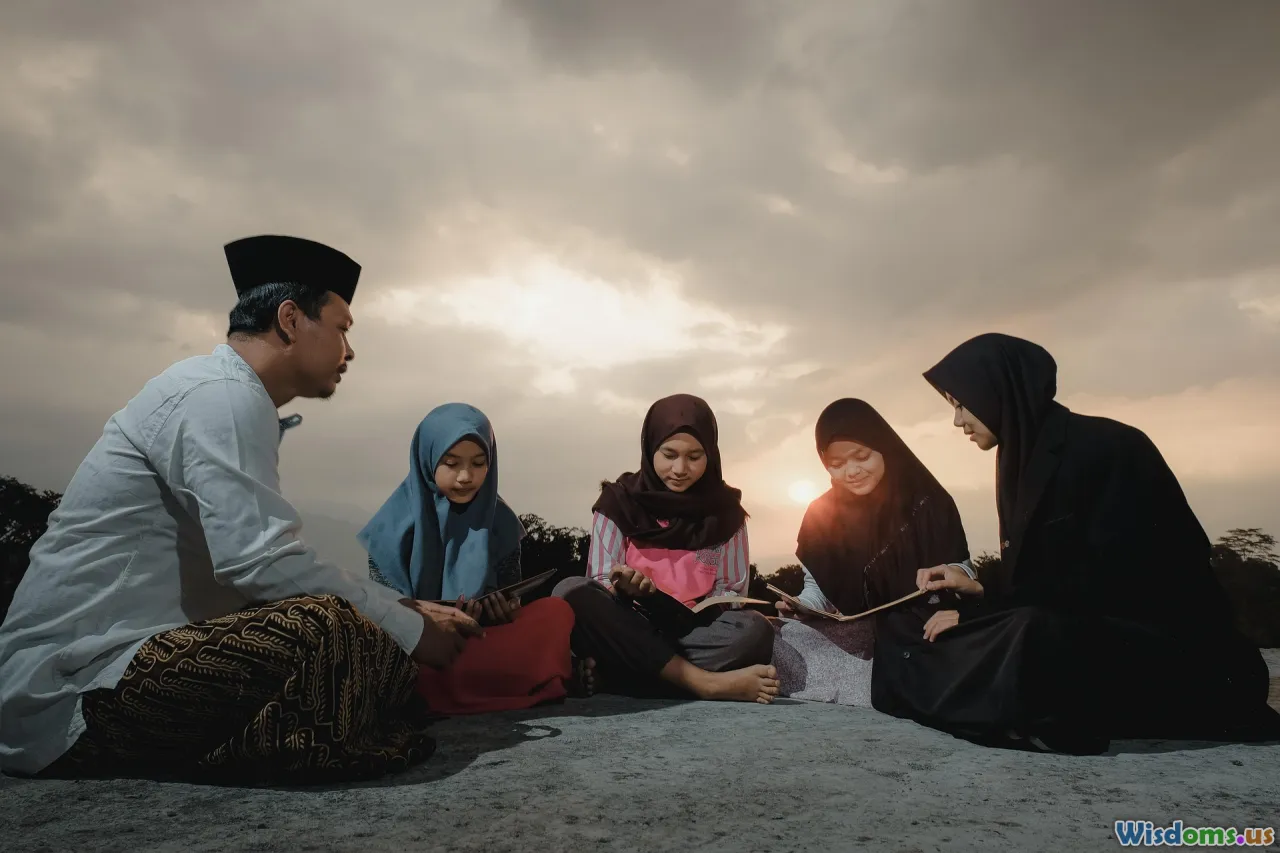
If two classrooms under the same city roof can wield culture so differently, the lesson is clear: Cultural inclusion is not guaranteed by location but crafted intentionally each day. As cities worldwide grow increasingly diverse, the need to foster classrooms where kids see, hear, and value themselves—and each other—has never been more vital.
Every educator’s deliberate choice, every story shared, and every tradition honored together can lay the foundation for not just inclusive classrooms, but inclusive futures. Ultimately, the ways we teach our youngest citizens to embrace—not merely tolerate—difference sets the tone for a type of city none of us have fully seen yet: one where every child belongs, and every classroom thrives.
Rate the Post
User Reviews
Other posts in Cultural Diversity in Education
Popular Posts










